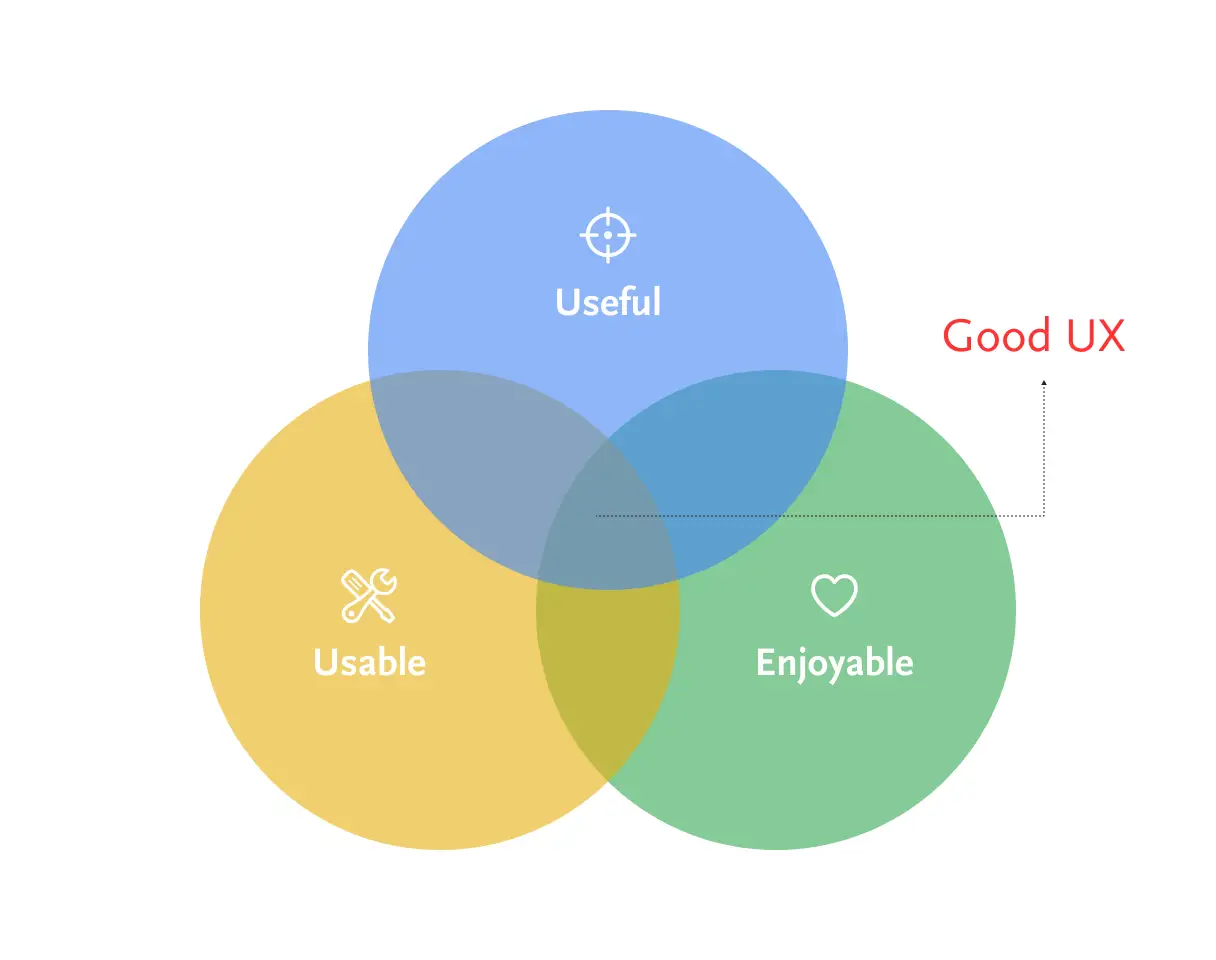A characteristic is a feature/quality of someone or something that helps you to identify it.
In the case of humans, it’s easy to assess their characters. Use the art of physiognomy to judge them from their outer appearance—especially from their face. Just joking—it’s pseudoscience. But don’t you think you have a knack for figuring people out 🙂? Anyway, let’s leave humans aside and talk about products.
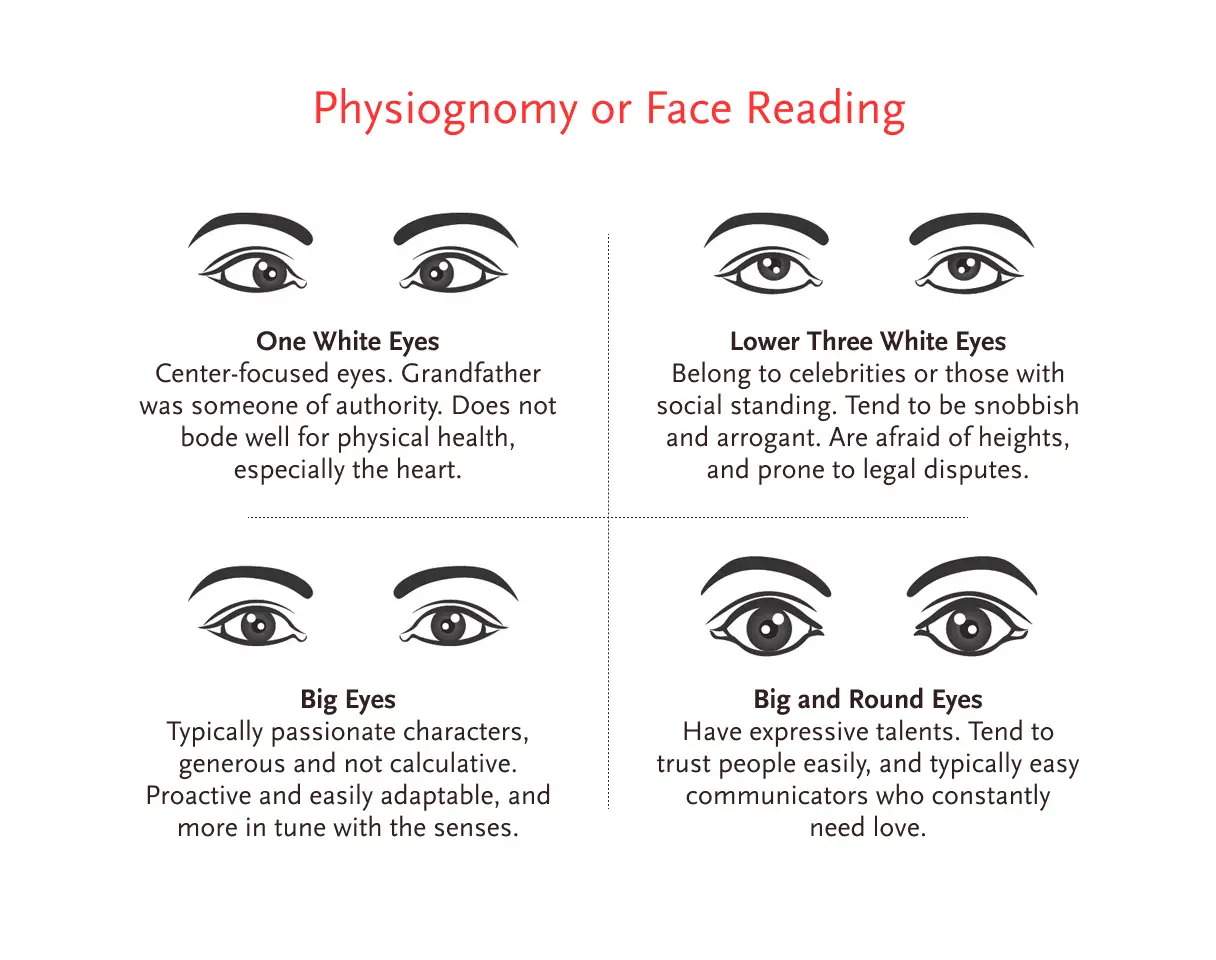
The question I’m more interested in is: What characteristics make a good UX? Or what qualities do people seek when they buy a product? The answer varies because UX is continually evolving to address either
- New experiences such as AR and VR, or
- New interaction methods such as touch and voice.
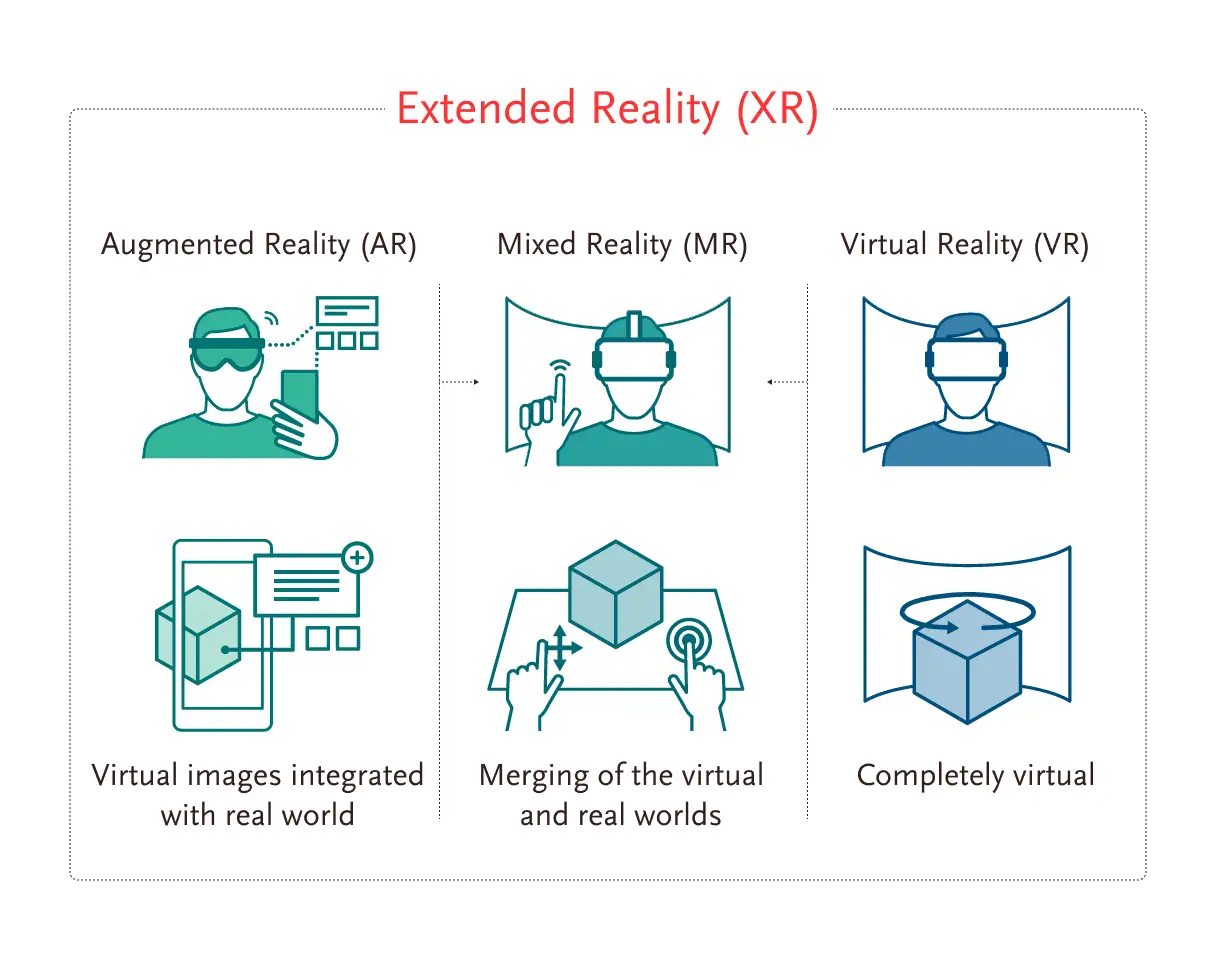
But most people agree on 3 (or 4, or 5 or even more) core characteristics that facilitate a good UX. Don’t worry, I’ll introduce all of them and some more. But for the time being let’s start with the most important ones.
The Trinity of Good UX
The three core characteristics of good UX are utility, usability, and enjoyability. A product should be useful, easy to use, and provide a positive satisfactory experience. And it should do all this in this very specific order. After that, if you want to add more characteristics, then be my guest! The more the better. Let’s dive deep to understand these characteristics.
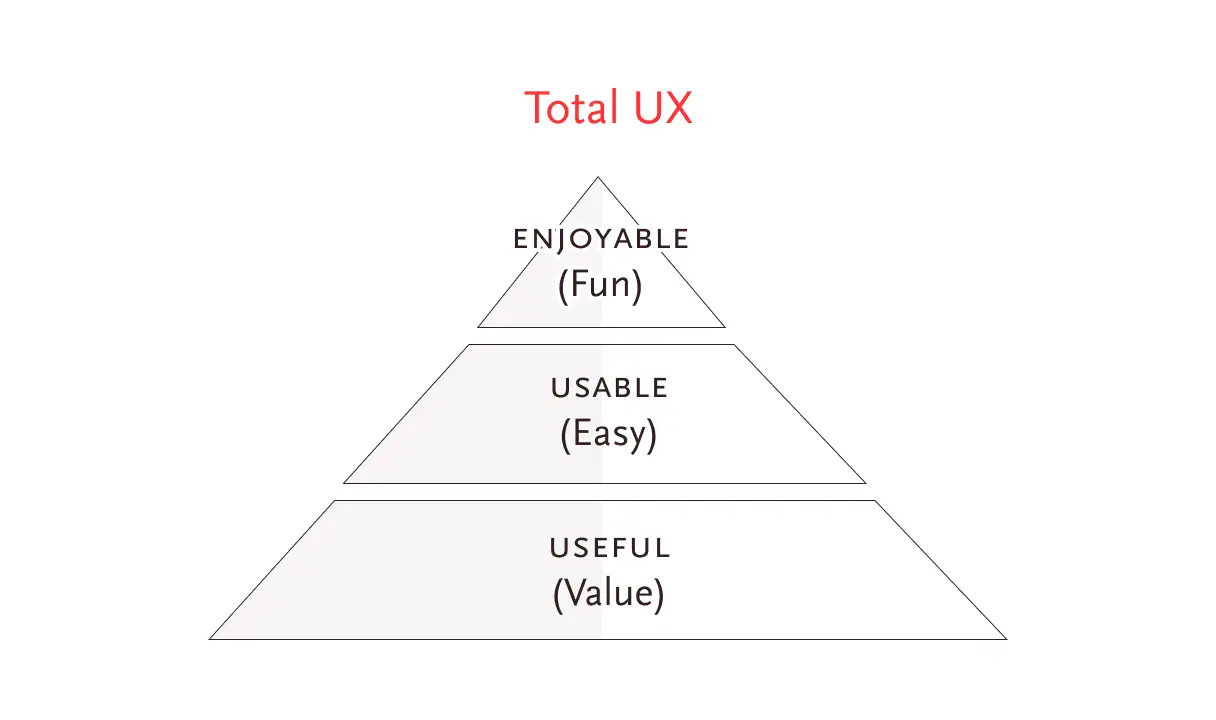
1. Useful
A product should be useful for its users. It may sound obvious but it’s not. For example, the goal of online services is to serve people 24×7 or at the very least 8 to 9 business hours. But most of the Indian government applications are so poorly designed that services aside, you can’t even find what you’re looking for. And even if you do, then either
- the server goes down, or
- the application runs too slowly, or
- the feature doesn’t work at that time, or
- you encounter a broken link, or
- you reach a dead end.
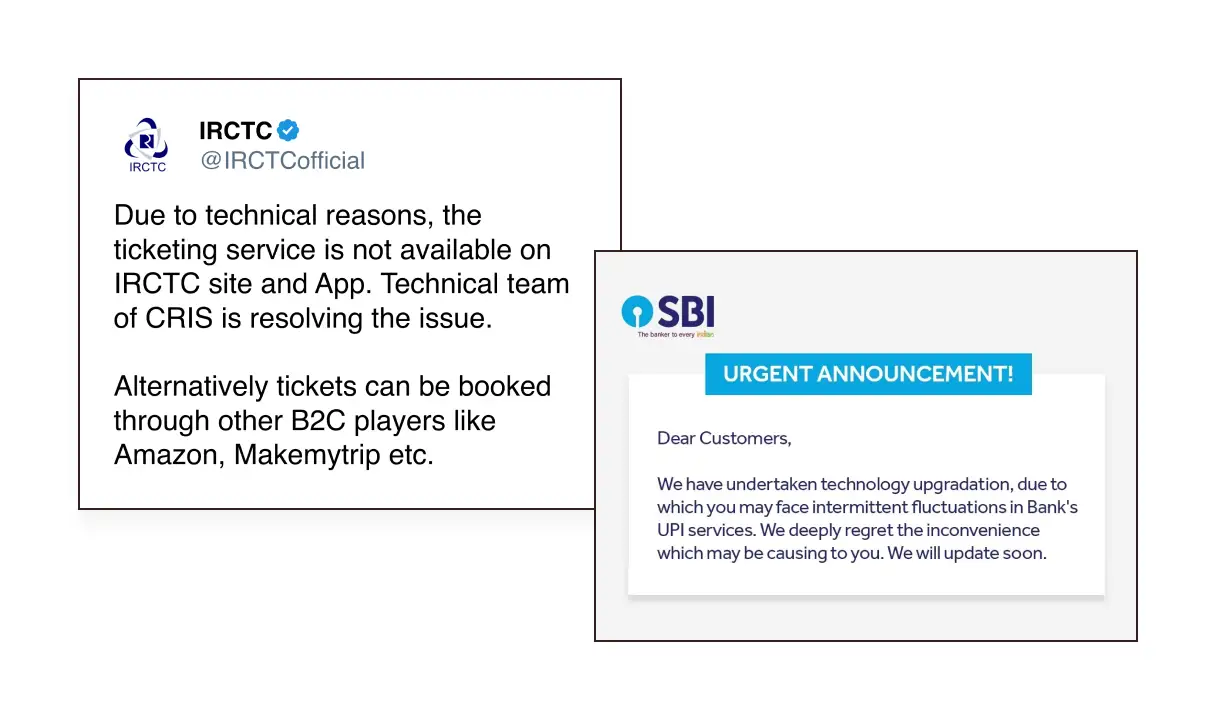
And sometimes, they deliberately hide the information so you have no other option but to visit their offices. There you need to physically meet a government babu, request them to point you in the right direction, and finally bribe them to get your work done.

So these online services, which were supposed to help you, end up doing nothing but raising your blood pressure and frustrate you so much that you want to tear your hairs apart and throw the computer out. Hence to save people from this situation, please make a product useful.
Utility Dates Back to 2.5 Million Years
The first evidence for tool production dates back to 2.5 million years, and guess what? Our forest-dwelling ancestors started with tools that helped them to catch, kill, cut, or pound their food. In other words, tools that were useful for their survival.
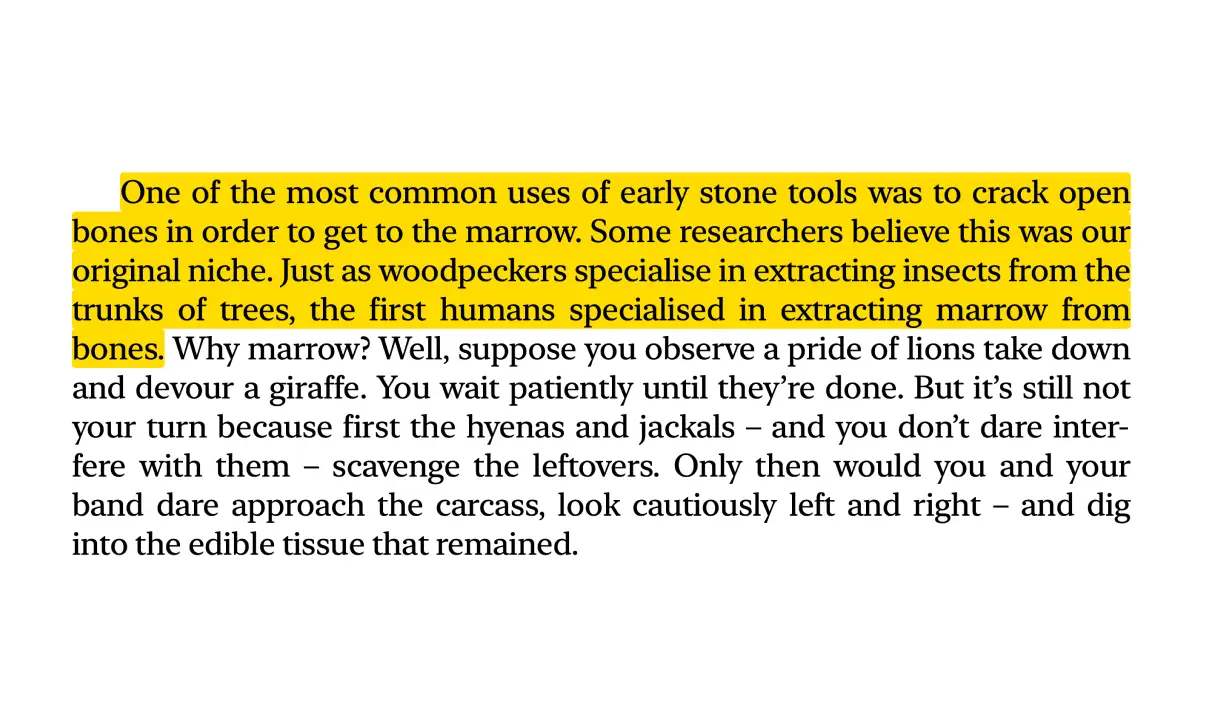
Even today’s most common household items such as tables, chairs, pots, and pans serve nothing but their intended purpose. Of course, you can buy a beautiful sandalwood table, an ergonomic chair, or a fine bone china tea set, but basic everyday things are still just plain no-frills useful products.
In India, where there is so much disparity and disproportionate wealth distribution between the rich and poor, people can’t think beyond the utility of a product. It’s like Maslow’s hierarchy of needs—you can’t move upward without first fulfilling the needs of the downwards. And utility comes at the very bottom.
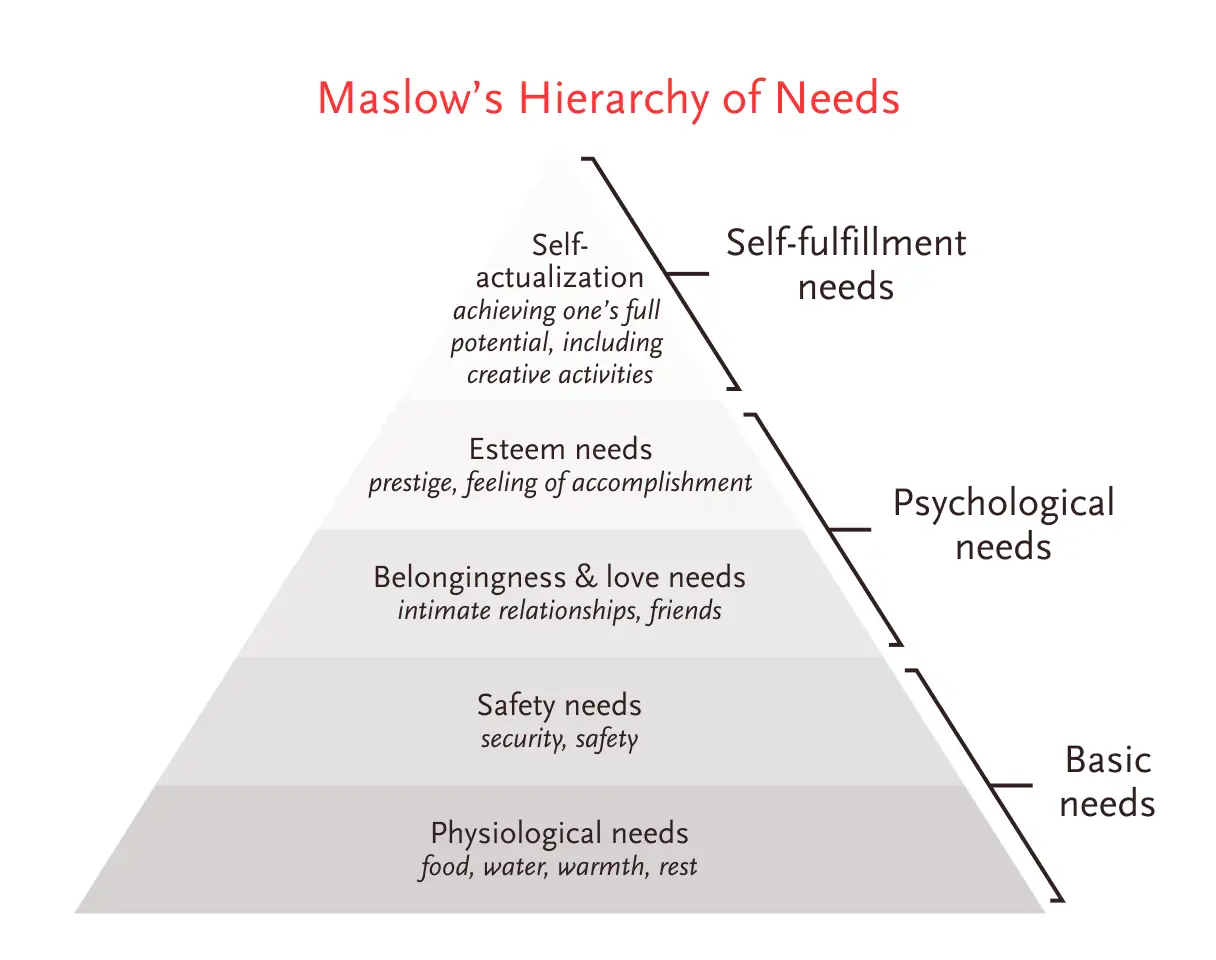
Being Useful in Product’s World
In the product world, the entire goal of an MVP (Minimum Viable Product) is to become so useful to a specific group of people that they become die-hard fans who can’t live without it and are even willing to pay for it.
For example, Facebook once became the oxygen for the Ivy-league students who wanted to see who was single and who was dating whom in their colleges. Those first users couldn’t get enough of it, which is why Facebook grew so exponentially and organically in so little time.
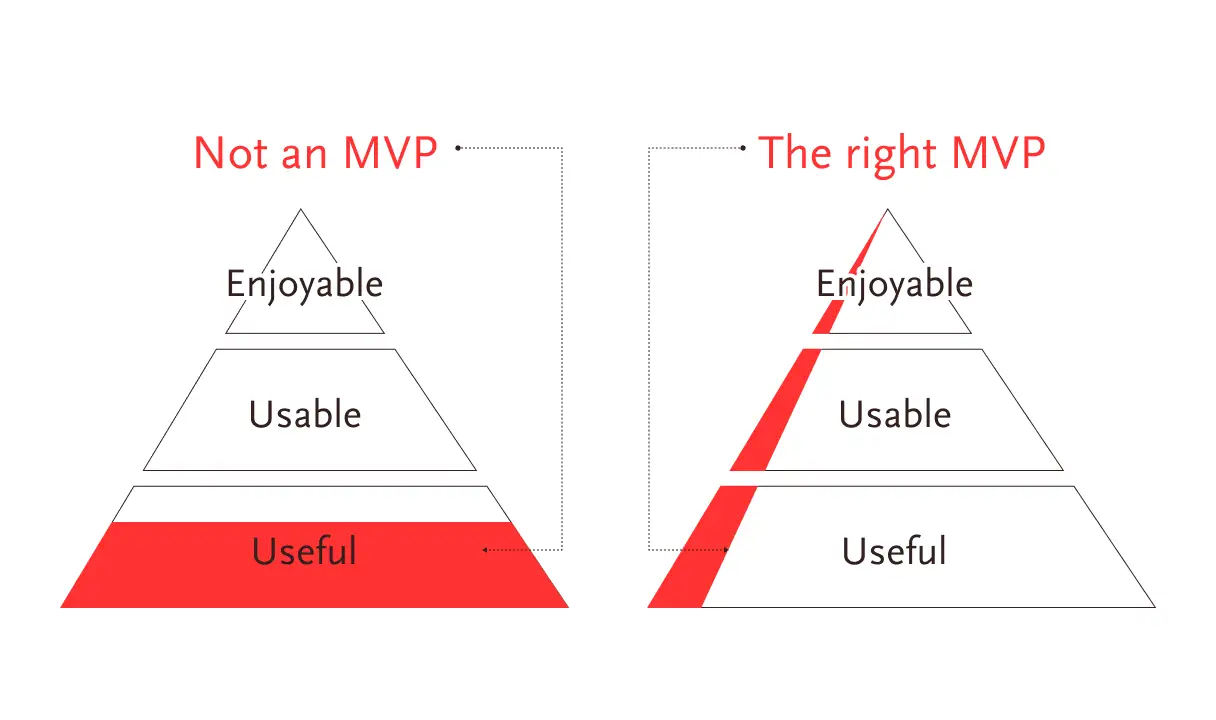
Similarly, Google showed the usefulness of Gmail by introducing it with 1 GB of free data at a time when competitors were giving 2 to 4 MB. On top of that, they also created an illusion of scarcity to make it an invite-only product. And all these tricks fueled its popularity.
But remember, different people have different needs, and so do their definitions of usefulness. So someone playing Candy Crush or PUBG on their phones also comes under utility. Also being useful and remaining useful are two different things. That’s why even Google has to kill its own products now and then.
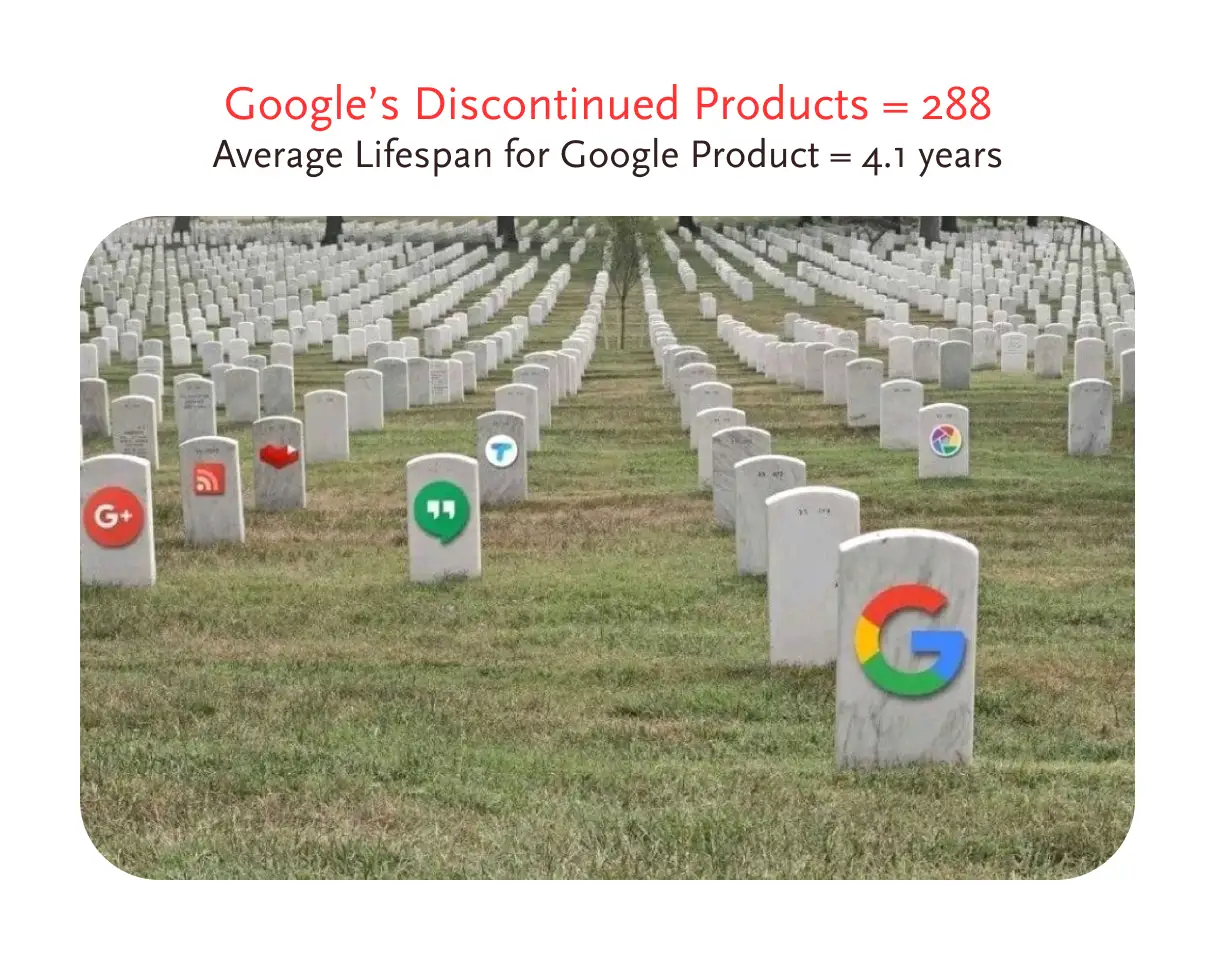
Types of Useless Products
There are usually 2 types of useless products. First, those who are just bad right from the beginning. And I’m only mentioning those products or services which I personally find pathetic. For example:
- Most Indian government online services
- Banking apps like HDFC, ICICI, AXIS
- Ola’s electric scooters
- Patanjali Coronil Kit
- Tata Nano

Second, those who start on the right foot but can’t compete for long. They either lag behind better products or get acquired by some conglomerate and fade into oblivion. For example:
- People left Myspace for Facebook.
- People showed their back to Nokia for the iPhone.
- People migrated from Hotmail to Gmail.
- People switched from Kodak to digital cameras.
- People moved from Sketch to Figma.
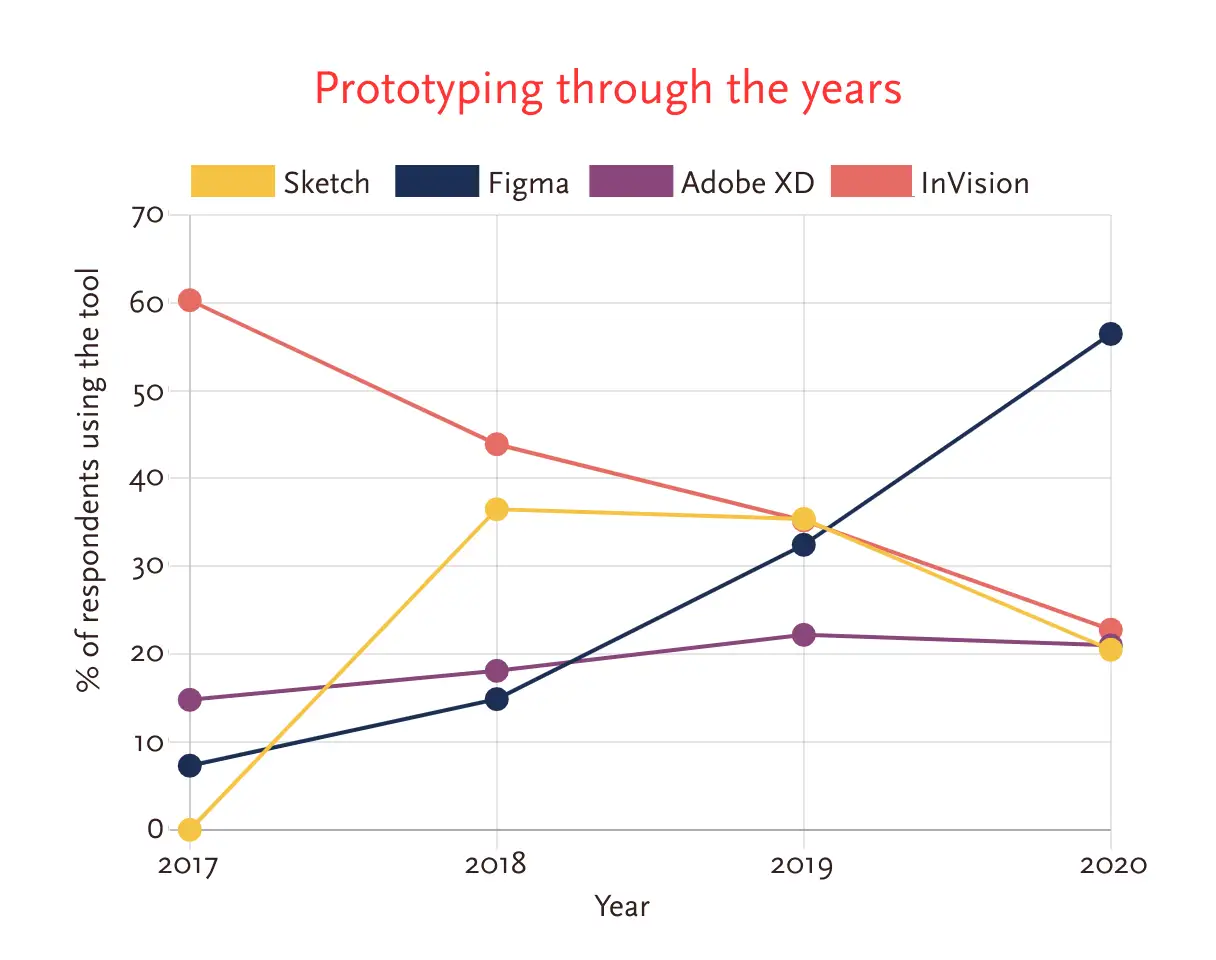
Therefore, keep innovating if you want to be relevant in the market. So a product’s usefulness is the first and the most important thing you have to remember. Without it, the other characteristics don’t even matter. Once your product proves its usefulness, people love it despite how clunky, ugly, or slow it is, unless there is a more useful or usable product in the market.
2. Usable
A product’s utility is not enough, it must be easy to use. For example, the Indian government has introduced so many welfare schemes and although useful (at least on papers), they are not easy to use at all, or at least not easy for some people. And if you’ve ever been caught into a kafkaesque bureaucratic situation, you can vouch for it yourself.

Usable means making a product so easy that even a baby knows how to use it. And YouTube took that statement quite seriously and literally built (read: stole) YouTube Shorts around it. Now, you can see kids who can’t even speak, swiping Shorts up and down with their little finger all day long.
You can imagine the popularity of YouTube among kids by the fact that the “Baby Shark” song has billions of views. The kids usually watch their favorite videos way more times than the adults and that tremendously increases their number of views. See, how a single gesture can make a product usable and even more useful.
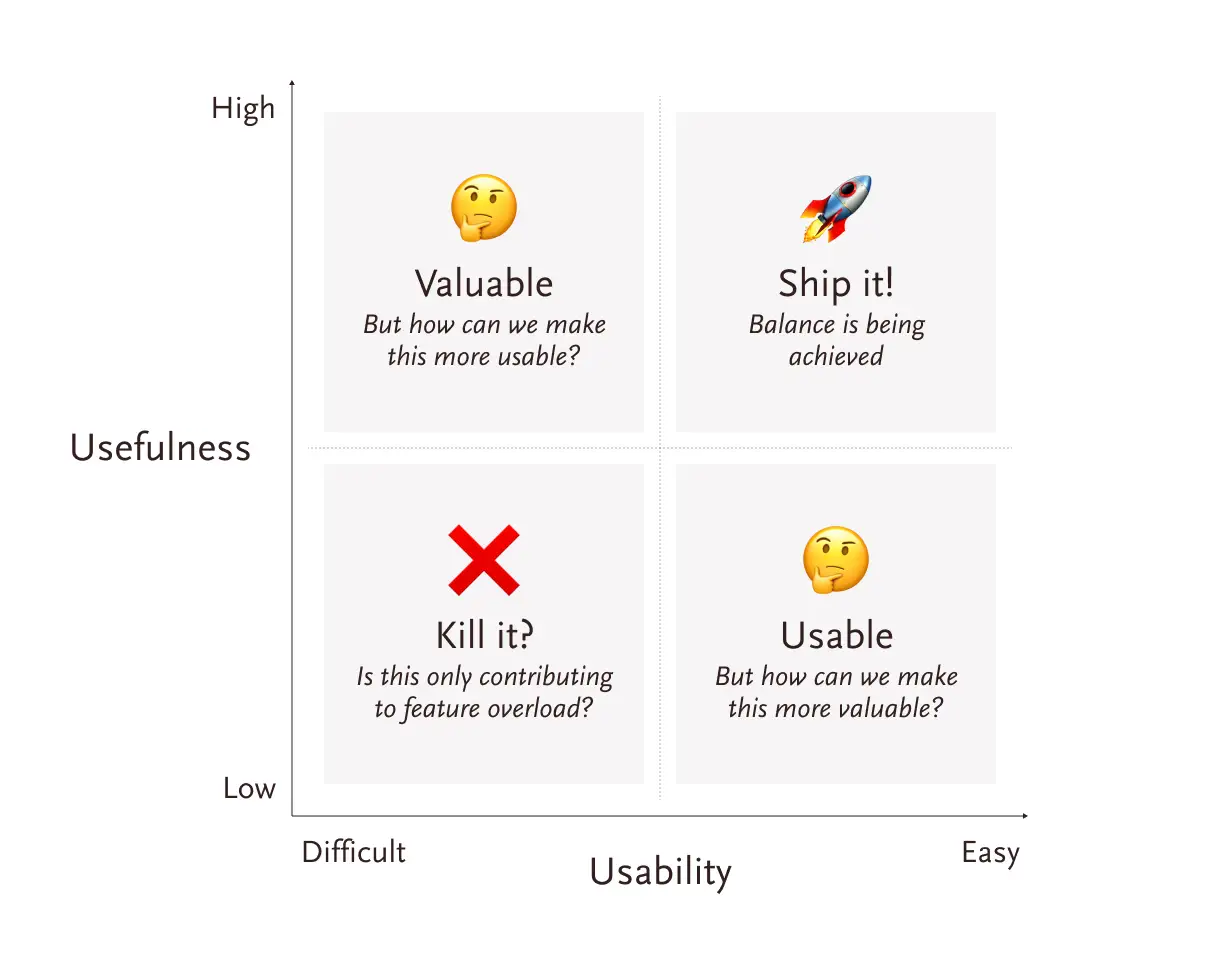
WhatsApp: A Ridiculously Usable App
WhatsApp is nothing but a list. You just click on a name, go inside, interact with it, and done. Of course, there are other features such as statues, audio/video call, voice chat, send/receive money etc. but even then they don’t clutter the interface. How did they pull this out?
Businesses often use clever techniques to manage complexity in their products such as:
- Unbundle complex functionality over time
- Use progressive disclosure to hide complexity
- Provide proactive training over phone/video call
- Segment UX based on different user types
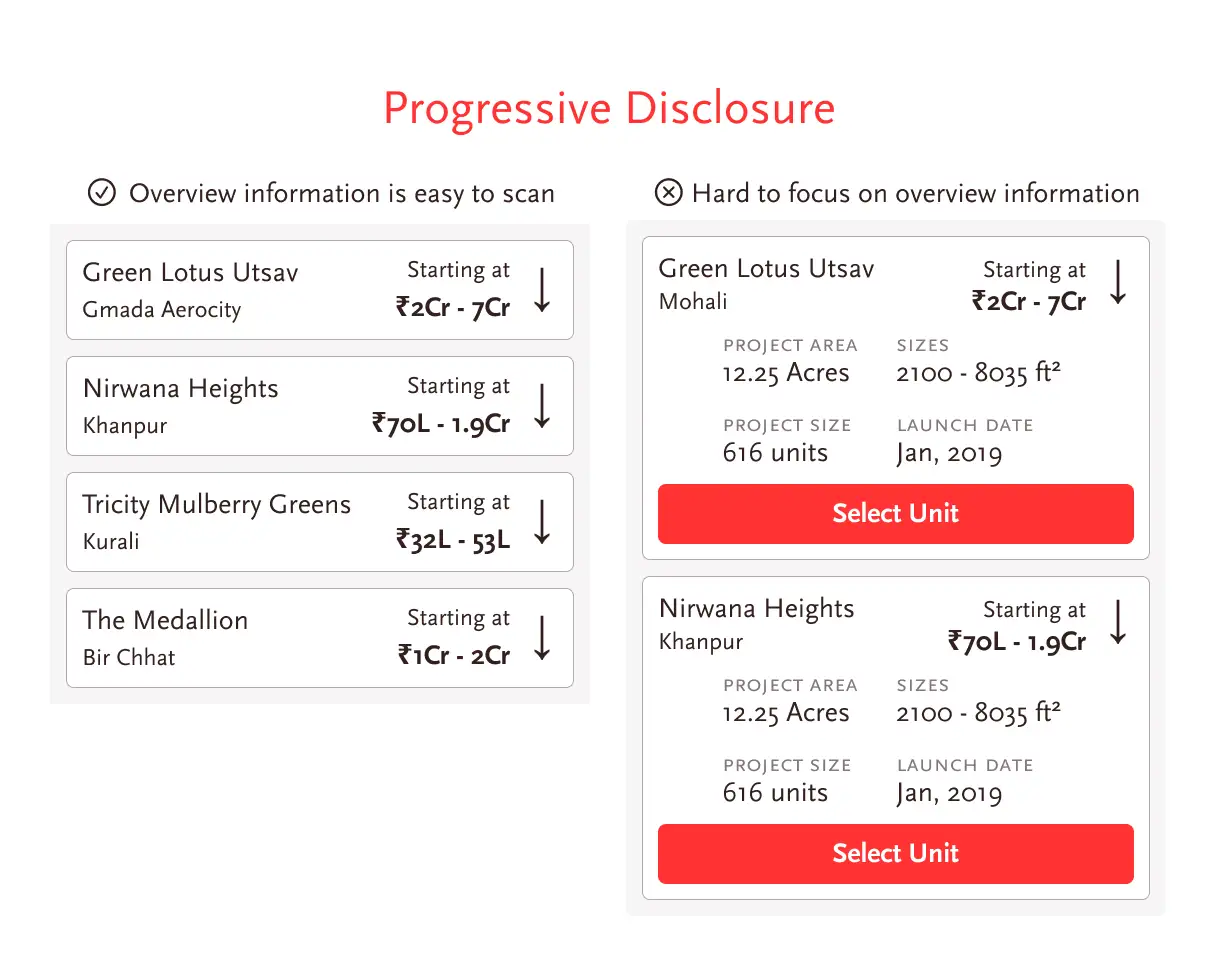
But they either bury the functionality deep inside or give a fragmented UX. So WhatsApp uses a technique called Perceived Simplicity. It facilitates their UX in such a way that their advanced features are easily discoverable when users look for them but they’re effectively hidden when they’re not.
Few Ways to Find a Usable Product
First, just look around to see what products people use in your network. Popular products such as WhatsApp, YouTube, Google Maps, Amazon, Instagram, Gmail, Uber, etc. are usually usable also. You may also check the top apps in the App Store or Play Store.
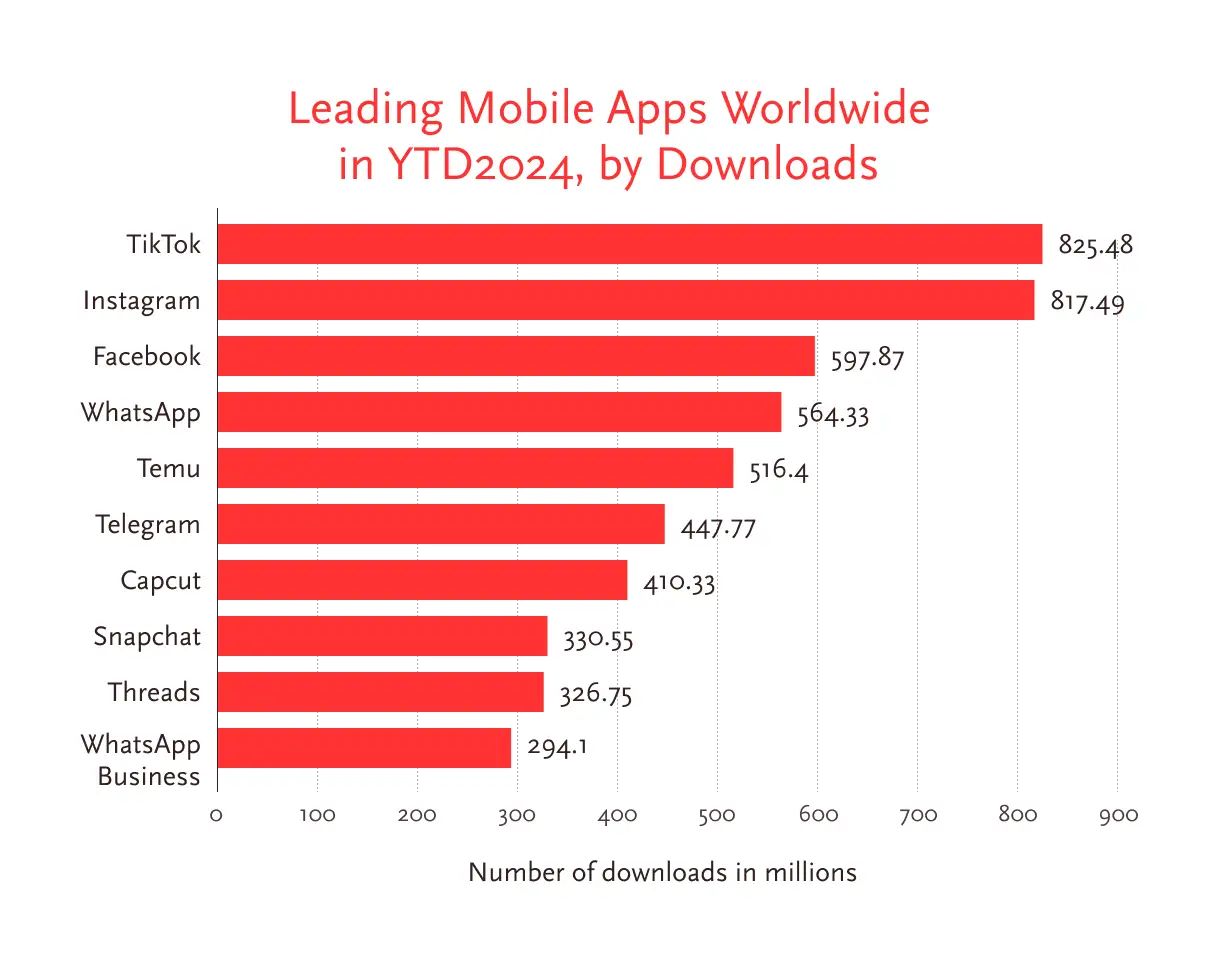
Second, see what products people from the lower strata of society—rickshaw pullers, handymen, maids—use. If they can use them despite being less educated or having less exposure to technology then they’re obviously usable.
Third, most of the useful products are also usable and vice versa. Utility and usability always work in tandem. You can’t separate them unless you’re working in a particular field that requires specialized knowledge. So LinkedIn is useful as well as usable and so does X, PhonePe, Cleartrip, etc.
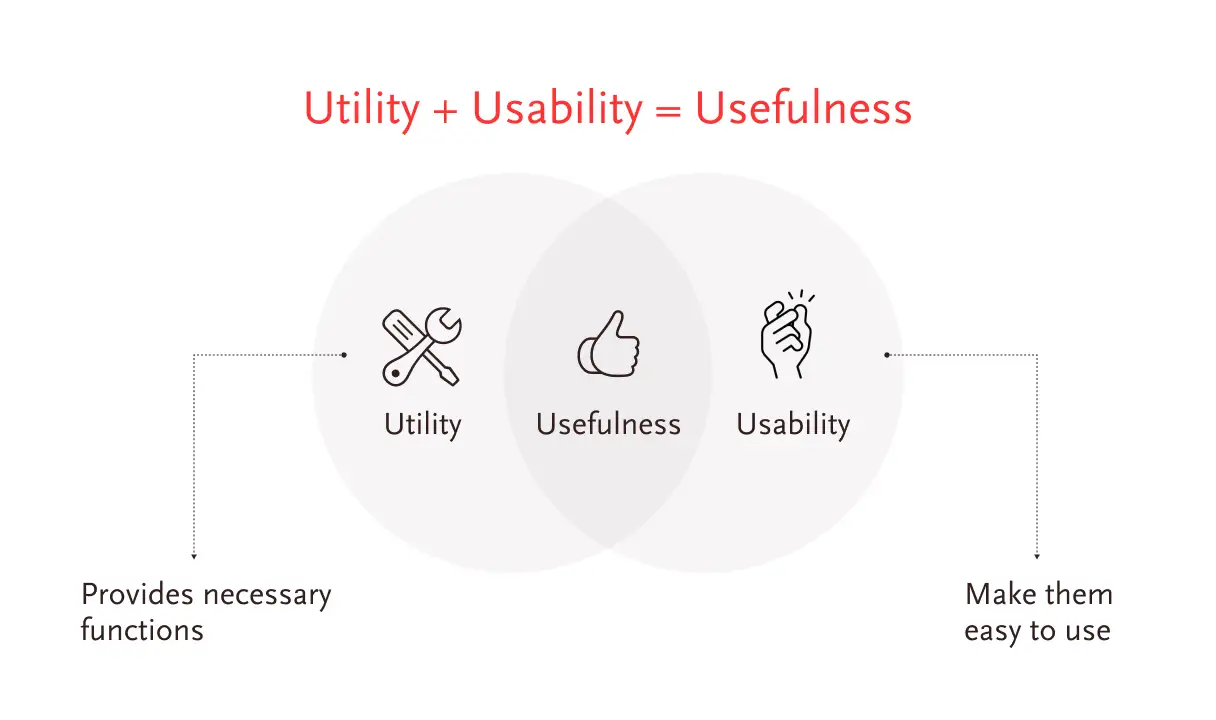
Aim for 10x Improvement
Why 10x? Because it’s hard to sell a marginally improved product. Most of the products you use everyday are commodity products. For example, a simple search for “Ear plugs” on Amazon returns 20,000 results and price ranges from ₹11 to ₹35k a piece. Now how would you choose one?
You would spend hours reading reviews, watching videos, asking things around to make an informed decision but would end up buying nothing. Too many choices demotivates you. Even when you’ll buy, you’ll make your decision on money, and will go with whoever is selling the cheapest and have a reasonably good product.
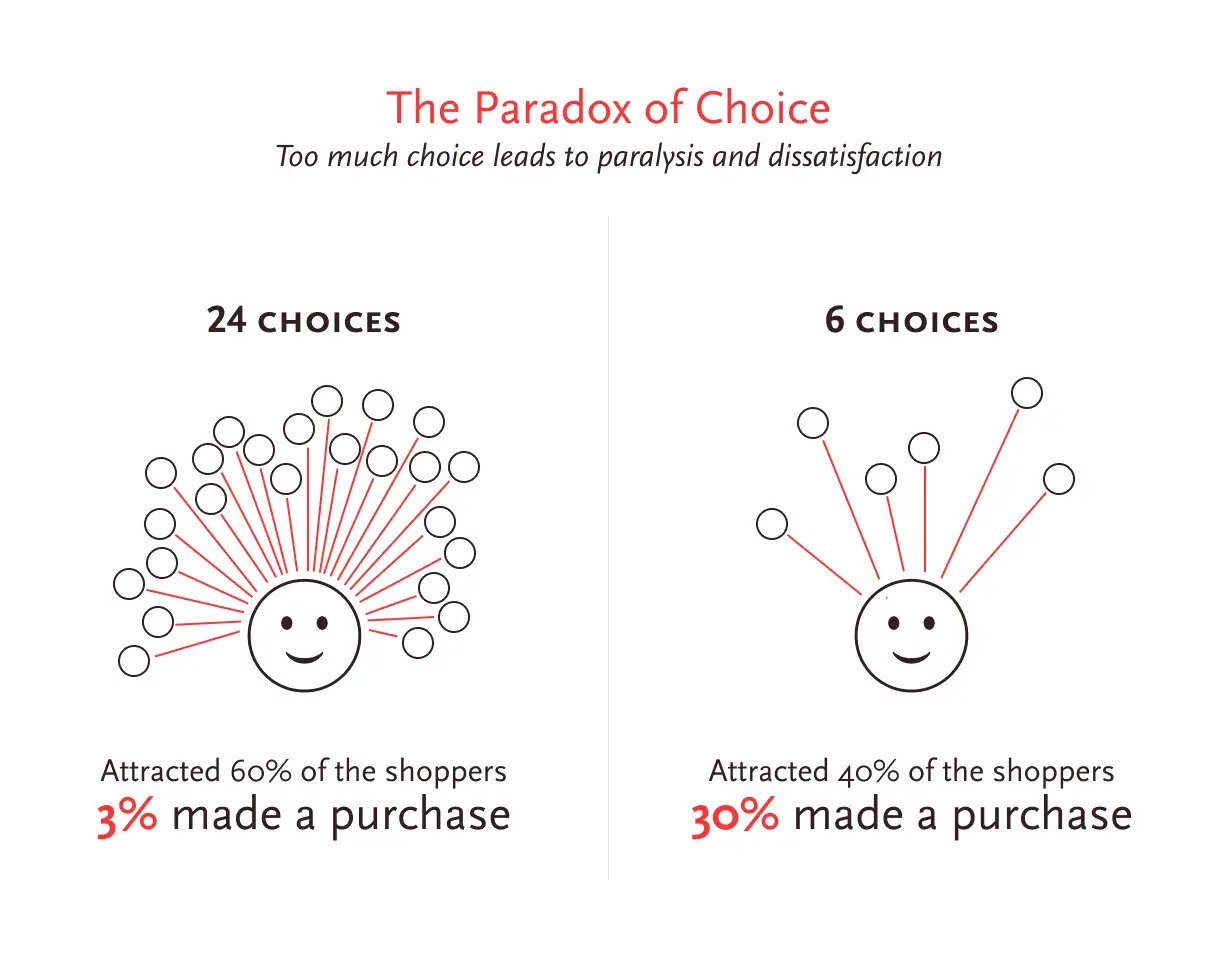
But there are tons of businesses who didn’t invent anything but even then beat their competition providing just a better usable product. For example:
- Uber made it super easy to order a ride on the tap of a button.
- Amazon’s ‘1‑Click’ ordering eased more people into shopping.
- TikTok empowered common people to become celebrities.
According to Peter Thiel there are 2 ways to escape the competition. Either invent something useful (0 → 1) or radically improve something (x → 10x) to make it usable. And Nokia did both. Their phones were as useful as they were usable. Their batteries ran for a week, and phones lasted for decades. So what caused their downfall?
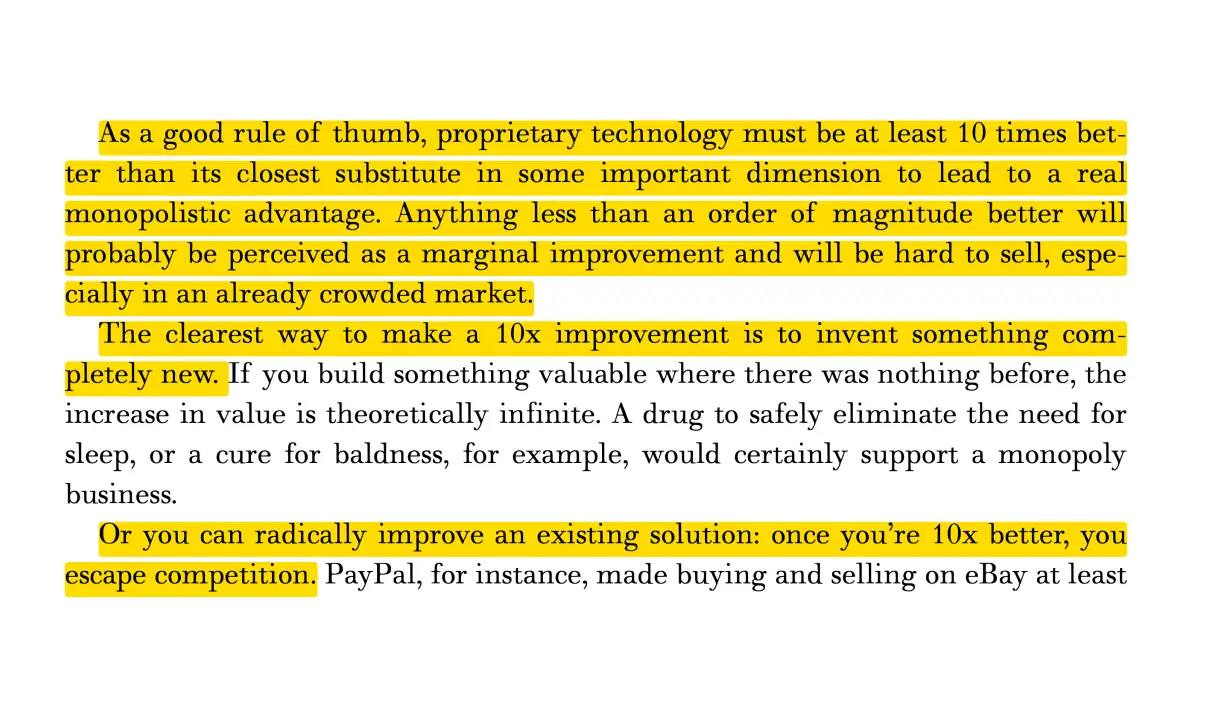
3. Enjoyable
A product should be enjoyable to use. Earlier, I have talked about how useless and unusable the Indian government products are. But even if you could somehow go past them, the entire experience still left a bad taste in your mouth. It’s a miserable experience that leaves you neither positive nor satisfactory at all.
Enjoyability, a Recent Phenomenon
Enjoyability as a characteristic of good UX is a new thing. If you go 30–40 years back, almost all the organizations (and mostly even today) only care about the utility of a product. Usability was good to have but nobody sought it proactively. And the word enjoyability was not even heard of.
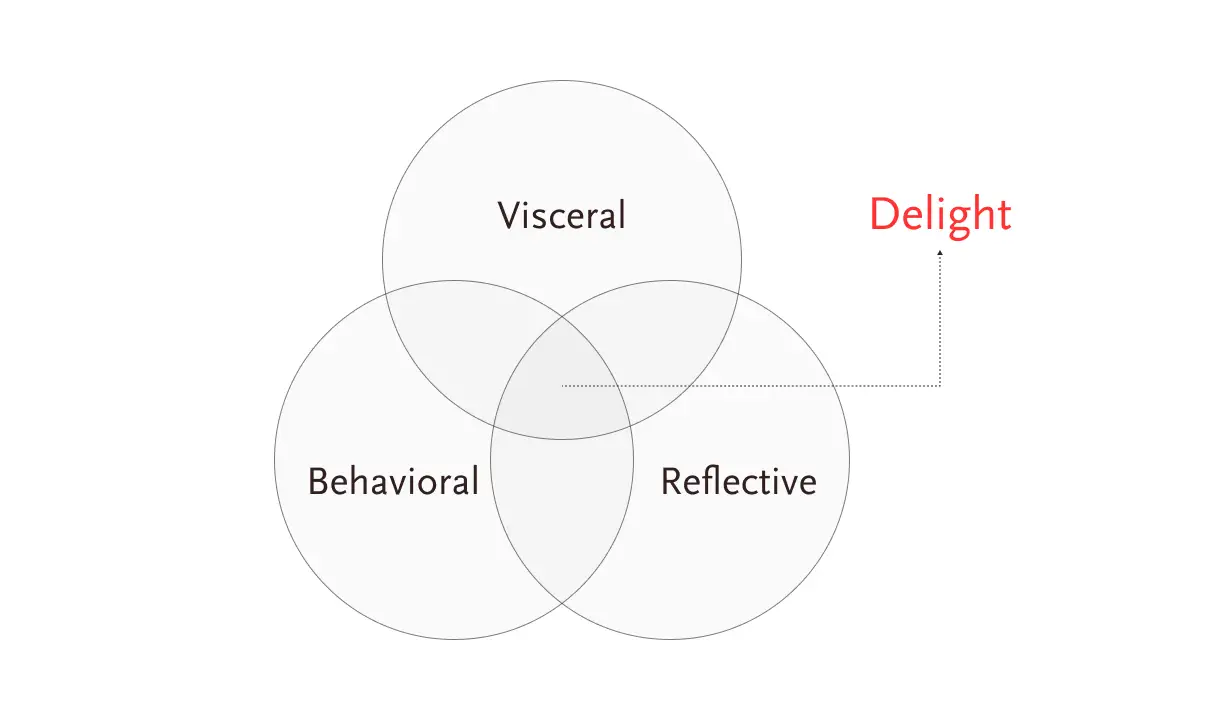
Even in India at that time, most of the businesses faced no competition. People also didn’t have enough to spend on luxuries so they bought whatever was available. Usability and enjoyability were not the goal so the field of UX was also not in the scene. But then something happened that forced people to think beyond the utility of a product and also fueled the popularity of UX.
The Rise of the WWW: First Important Event in UX
The World Wide Web (WWW) leveled the playing field and empowered ordinary people to create their own products and compete with incumbents. Now a lone genius working in his basement had the opportunity to make big. So we saw the boom of dot-coms such as Amazon, Yahoo, eBay etc.
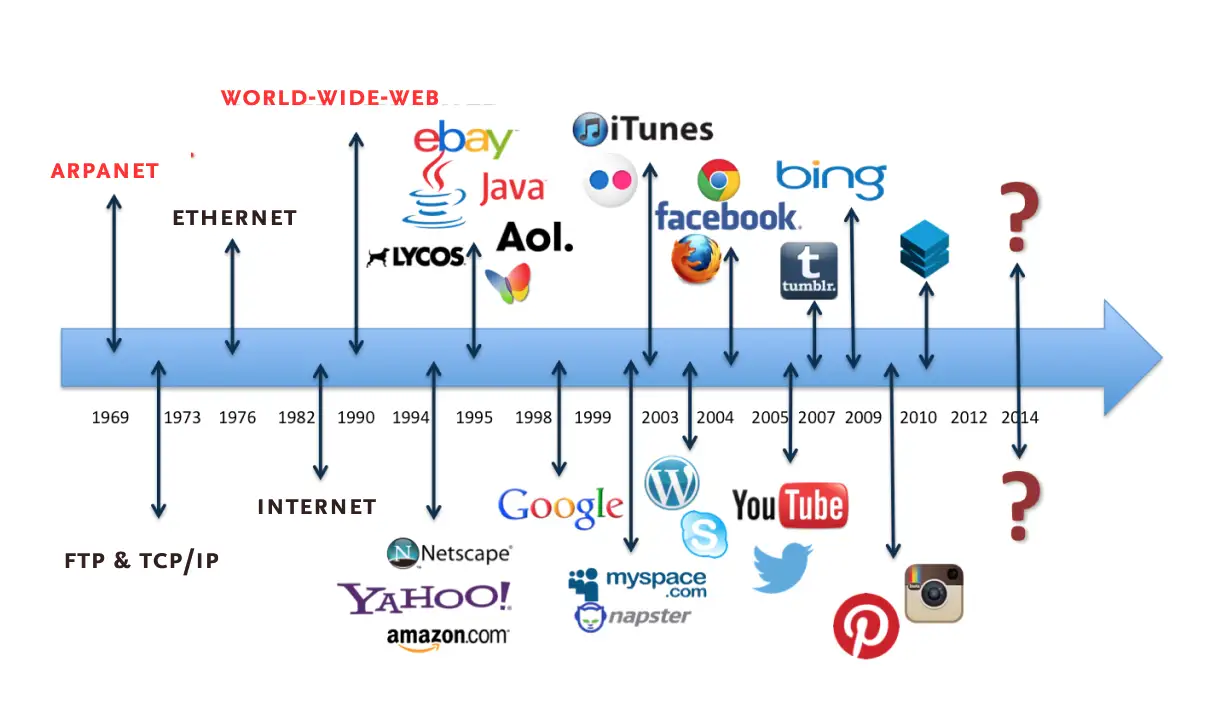
This new wave of entrepreneurs with their innovative, and relatively cheap products started to lure people into their own web. People found better products so they jumped ship. The incumbents had no other option but to either innovate or die. And this thinking of betterment helped in the rise of both—the UX itself and those who practice it.
The Introduction of the iPhone: Second Important Event in UX
When others were busy building useful products following the typical evolutionary path, Apple launched the iPhone and took the industry by storm. It was a revolutionary product that showed people how a product is not only about utility, or usability but also about how it makes people feel.
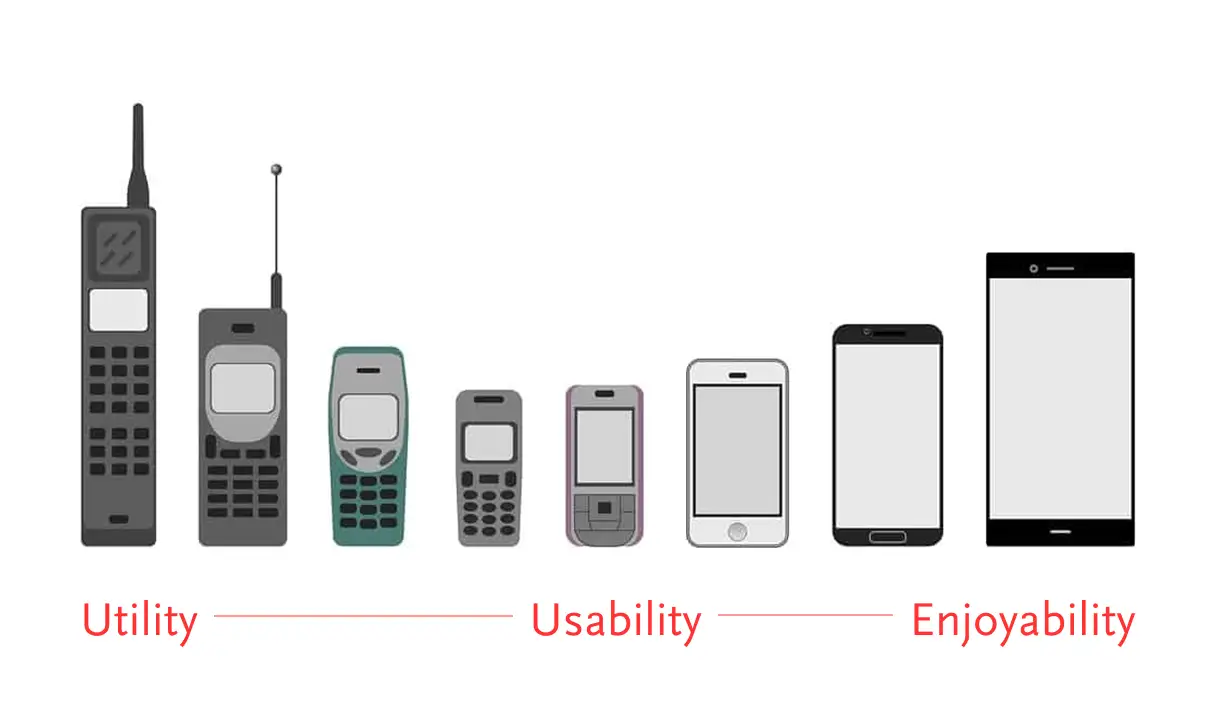
Businesses always used to talk about how emotions play a pivotal role in decision making but they didn’t know how to leverage them into something concrete. But Apple realized, every decision people make stems from their emotions, so it makes sense to prioritize their needs and desires first and then later figure out what functionality would be required to fulfill them.
Why Did the iPhone Become a Cult?
It wasn’t like the iPhone was the first great product Apple had built. Apple had been building great products right from their inception. But only Americans or Westerners could afford them, so they stayed in the USA for a long time. But it wasn’t their fault. To create anything great, you need talent and talent costs money. You also have to create an environment
- where people can exercise their freedom, and
- where they aren’t judged, and
- where they can make mistakes and learn from them.
And above all, it takes a visionary like Steve Jobs at the helm, who can think long-term, take bold decisions, has deep pockets and is equally crazy.

Historically, there were always a few great products available in the market whether it was a Steinway, Jaguar E‑Type, Patek Philippe etc. But only a few lucky ones could enjoy them. They were not in the reach of commons.
But then came the internet and changed the old economies. Now the average Joes, especially people from developing countries also had a chance to change their fortune. So India with its cheap labor and a large English-speaking population became the next IT hub and people started to get more money into their pockets. And as their buying power increased, so did their desire for luxuries. But there was nothing to fill this void.
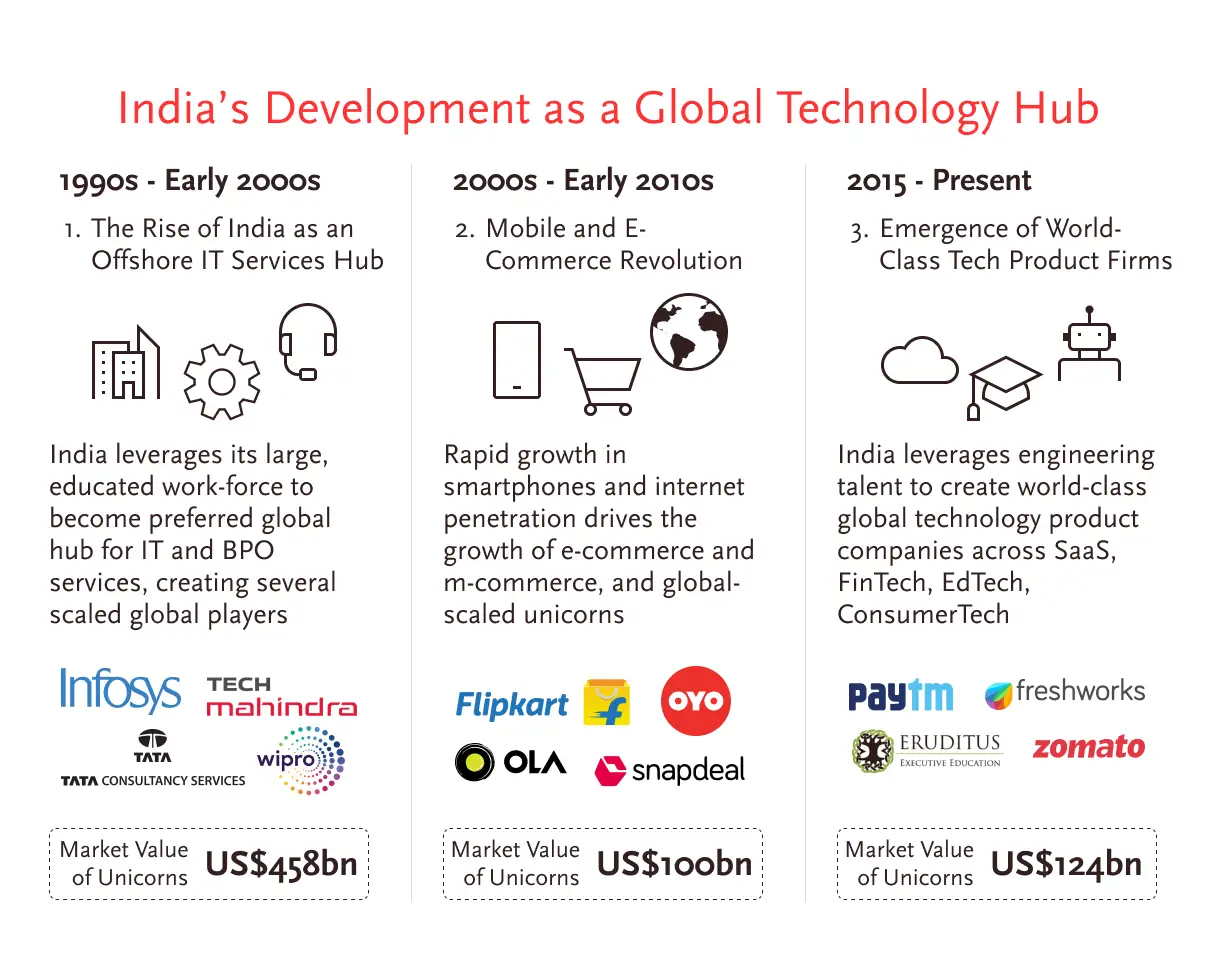
Now, many businesses felt this vacuum but Apple got lucky and with the iPhone, common people for the first time felt the taste of luxury. Apple conjured a simple phone into a jewelry that people wanted to possess. In today’s world, nobody cares whether the iPhone is useful/usable or not (although it is). There are millions of people who
- can’t make a difference between an Android / iPhone, or
- don’t need all those iPhone’s features, or
- can get more features in an Android, or
- can get a 5x cheaper Android
but they still want to buy the iPhone. In a perfect world, it doesn’t make sense. But we don’t live in a perfect world. We live in an emotional world. And the third characteristic of UX, “enjoyability” feeds the emotions. And guess what? The iPhone is the epitome of enjoyment.
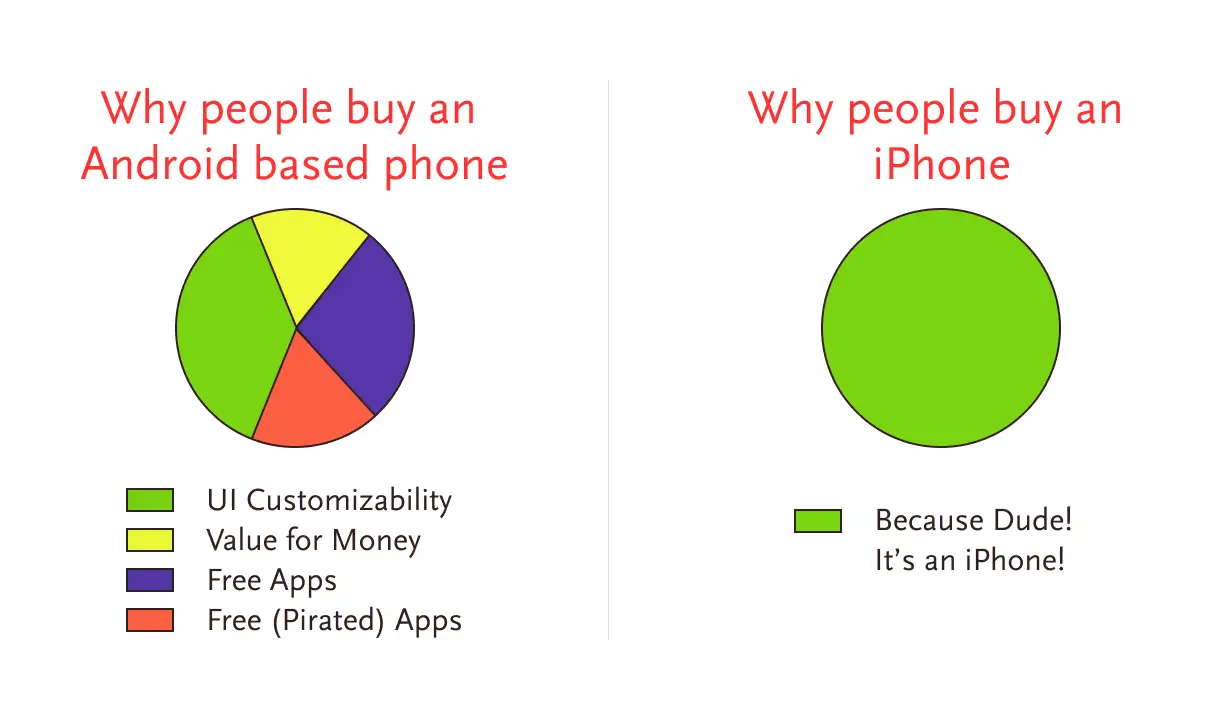
It’s more enjoyable to use an iPhone even though you can’t explain it into words. How would you explain why people wait in queues outside Apple stores whenever they release a new version. People don’t do this to just get a phone. There must be something else and that something is emotions.
Apple connected the iPhone with peoples’ emotions. We’re emotional creatures and emotions and cognition are interlinked. When people say, “Think from your head not from your heart,” they don’t know what they are talking about. Look what Norman writes in The Design of Everyday Things:
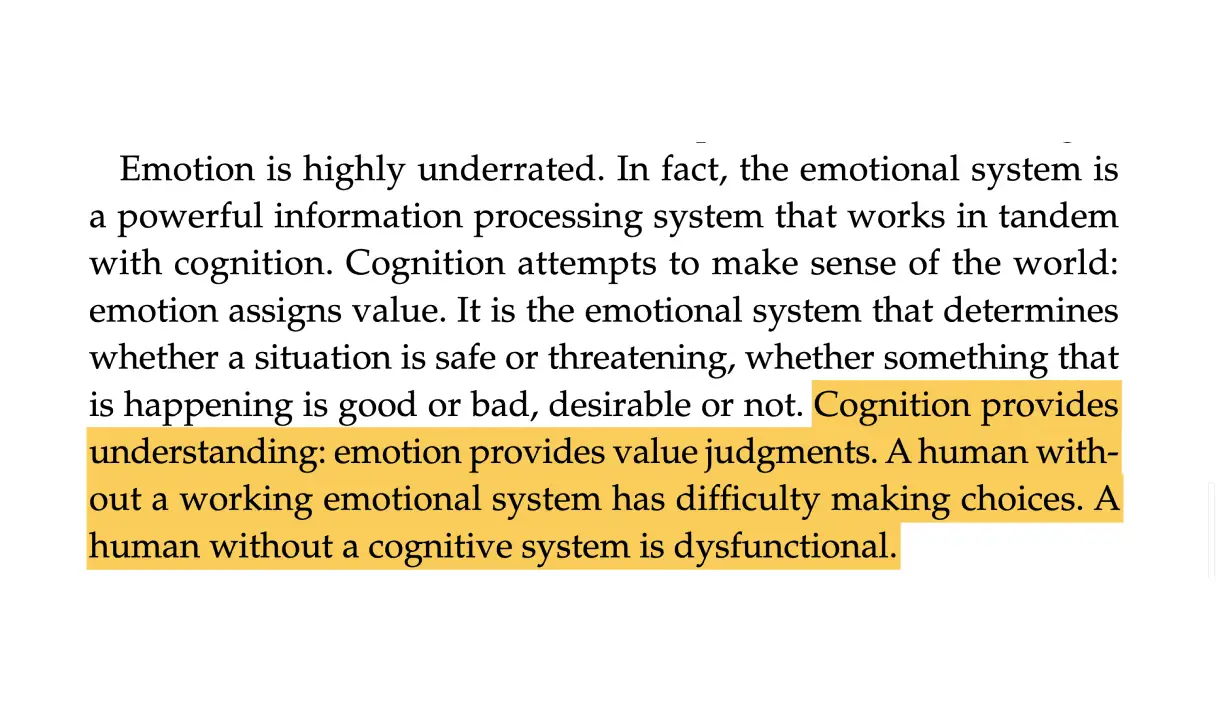
So the characteristics of Good UX are: useful, usable, and enjoyable. But a good UX is not limited to them. There are other characteristics that you should also take care of. And to learn about them, you need to explore another framework known as “User Experience Honeycomb”. Let’s see what it is in the next essay.
